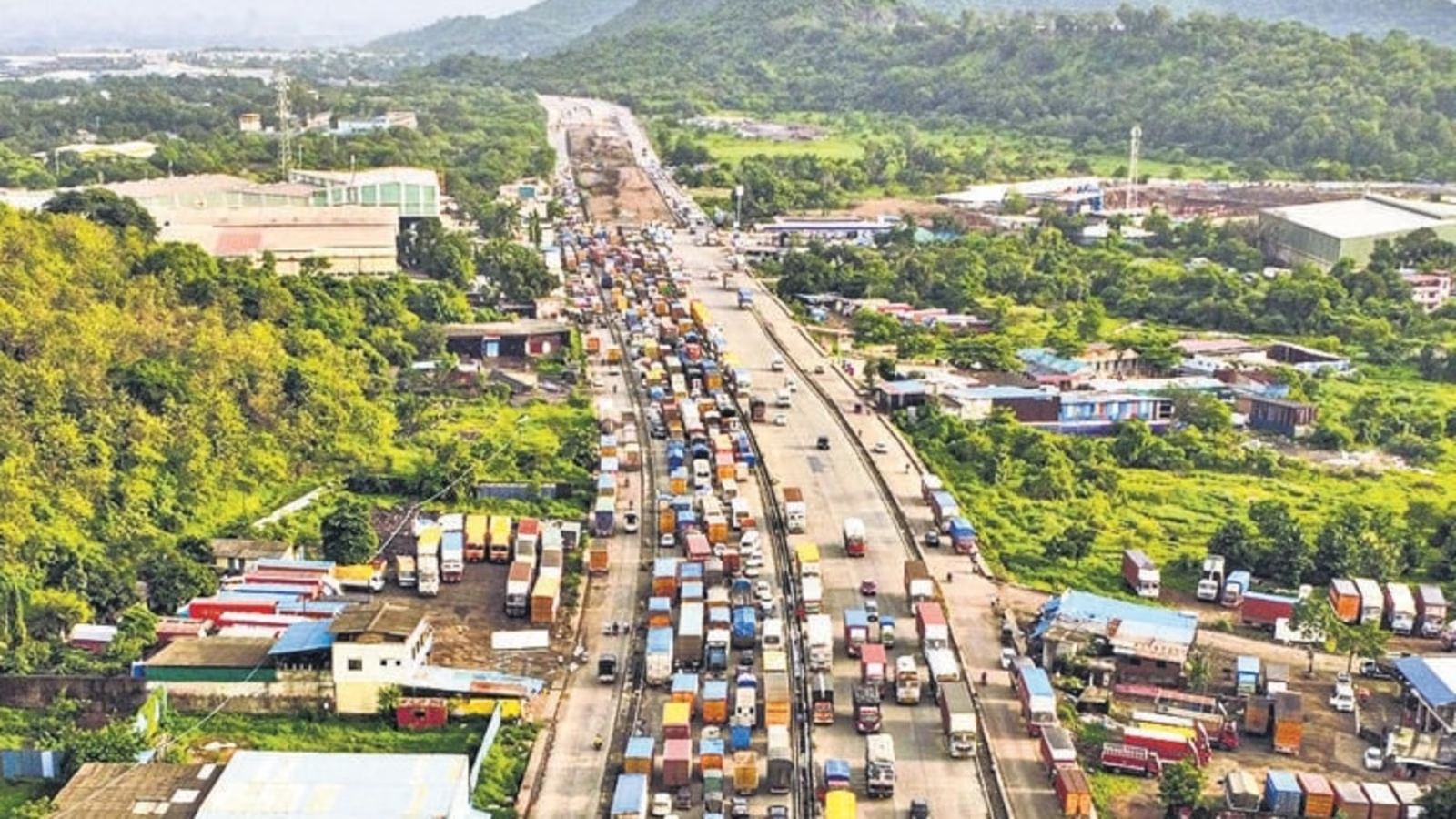The Mumbai-Nashik highway, a vital artery connecting Mumbai with Nashik and northern Maharashtra, continues to suffer from severe traffic congestion exacerbated by a lack of unified oversight. Despite repeated warnings and significant public concern, the highway remains plagued by persistent issues, especially during the monsoon season, which intensifies the already problematic situation.
A chartered accountant and college teacher, has resorted to an arduous commute that involves driving to Kasara and taking a train to his office in Andheri, to avoid the severe traffic jams on NH-3. The highway, which used to take approximately four hours to traverse, now often demands double that time due to the persistent congestion and poor road conditions. Prominent Marathi TV and theatre actor Abhijeet Khandkekar has also had to reduce his visits to Nashik as travel times have ballooned. The highway’s 145-kilometre stretch has been under scrutiny for years, with Maharashtra Chief Minister Eknath Shinde recently admonishing responsible agencies for their insufficient repair work. However, a sustainable resolution continues to elude authorities.
The core issue appears to be the lack of a centralised nodal agency responsible for overseeing the highway’s maintenance and development. The highway passes through multiple districts and is managed by various agencies, including the National Highways Authority of India (NHAI) and the Maharashtra State Road Development Corporation (MSRDC). This fragmented approach has led to a complex web of responsibilities and delays. Key problem areas include the stretch from Majiwada to Vadape, managed by the NHAI and MSRDC, and areas under the purview of the Bhiwandi Nizampur Municipal Corporation (BNMC), which houses numerous warehouse hubs affecting traffic flow.
The congestion is exacerbated during the monsoon, with potholes further impeding movement and extending travel times to over eight hours. Local officials have highlighted the disjointed execution of infrastructure projects as a major factor contributing to the chaos. For instance, ongoing work on the Asangaon railway overbridge and underdeveloped roadways in BNMC’s jurisdiction have led to significant traffic bottlenecks. The chaotic situation has also impacted inter-state bus operators and transporters, who face increased operational costs and reduced passenger numbers as a result of prolonged travel times.
Experts advocate for the appointment of a dedicated nodal officer to streamline oversight and coordination among the various agencies involved. This role would include monitoring infrastructure projects, managing traffic flow, and addressing emergency situations such as developing temporary truck terminals or alternative routes. Recent reviews suggest that repair work on the highway has commenced, but whether these efforts will bring about a meaningful improvement remains to be seen. The pressing need for cohesive management and prompt action is critical to alleviating the ongoing traffic issues and restoring efficient travel on this crucial route.




